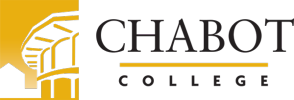CAS
50
Introduction to Computer Application Systems
CAS
50
Introduction to Computer Application Systems
3 units
